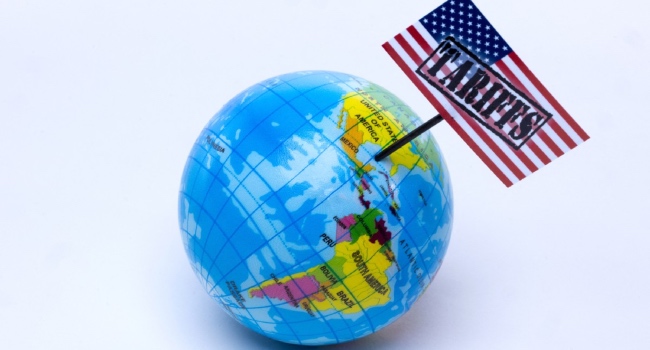India’s trade minister, Piyush Goyal, has stated that the country will not be intimidated by the recent tariffs imposed by the United States and will instead focus on expanding into new markets. The US tariffs, which came into effect this week, impose a 50% levy on many Indian imports, reportedly in response to India’s significant purchases of Russian oil. This move is part of broader US efforts to pressure Moscow to end its military actions in Ukraine.
The tariffs have strained relations between the US and India, with New Delhi previously describing the measures as “unfair, unjustified, and unreasonable.” Trade negotiations between the two countries have been complicated by disagreements over access to agricultural and dairy markets. The US is seeking greater access, while India’s Prime Minister, Narendra Modi, is committed to protecting the interests of Indian farmers, who constitute a substantial voting bloc.
In 2024, the US was India’s largest export market, with shipments valued at $87.3 billion. However, analysts warn that the 50% duty is essentially equivalent to a trade embargo and is likely to have a detrimental impact on smaller businesses. Exporters of textiles, seafood, and jewelry have already reported canceled orders from the US and losses to competitors such as Bangladesh and Vietnam, raising concerns about potential job cuts.
Goyal has announced that the Indian government will implement measures to support all sectors and boost exports in the coming days. He expressed confidence that India’s exports this year will exceed the numbers for 2024-25. The trade minister’s statement emphasizes India’s determination to maintain its economic stance and explore new opportunities, despite the challenges posed by the US tariffs.
The development of new markets and the diversification of India’s exports are seen as crucial steps in mitigating the impact of the US tariffs. As the situation continues to unfold, it remains to be seen how the trade dynamics between the US and India will evolve, particularly in light of the existing trade tensions and the potential for further measures.
